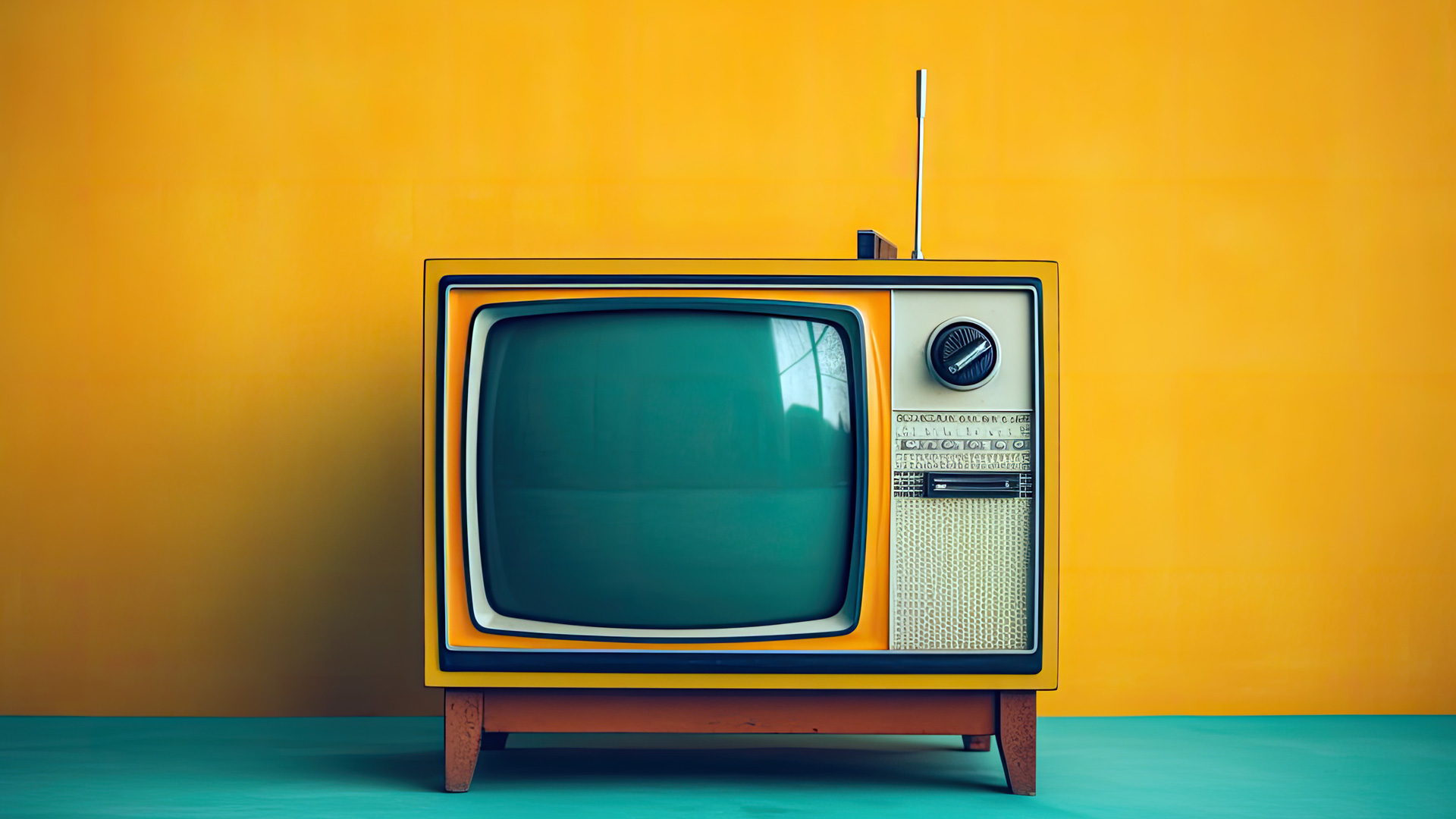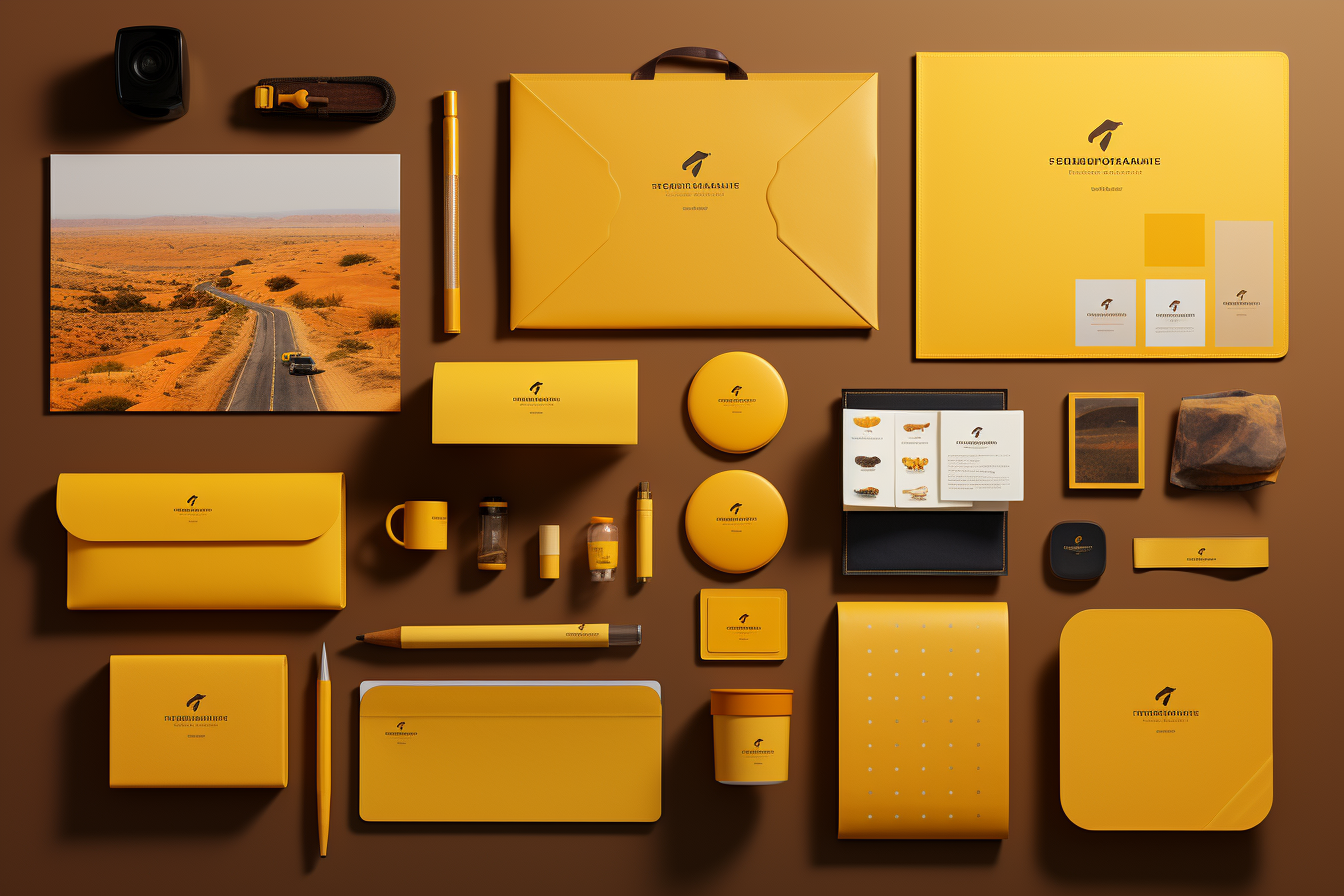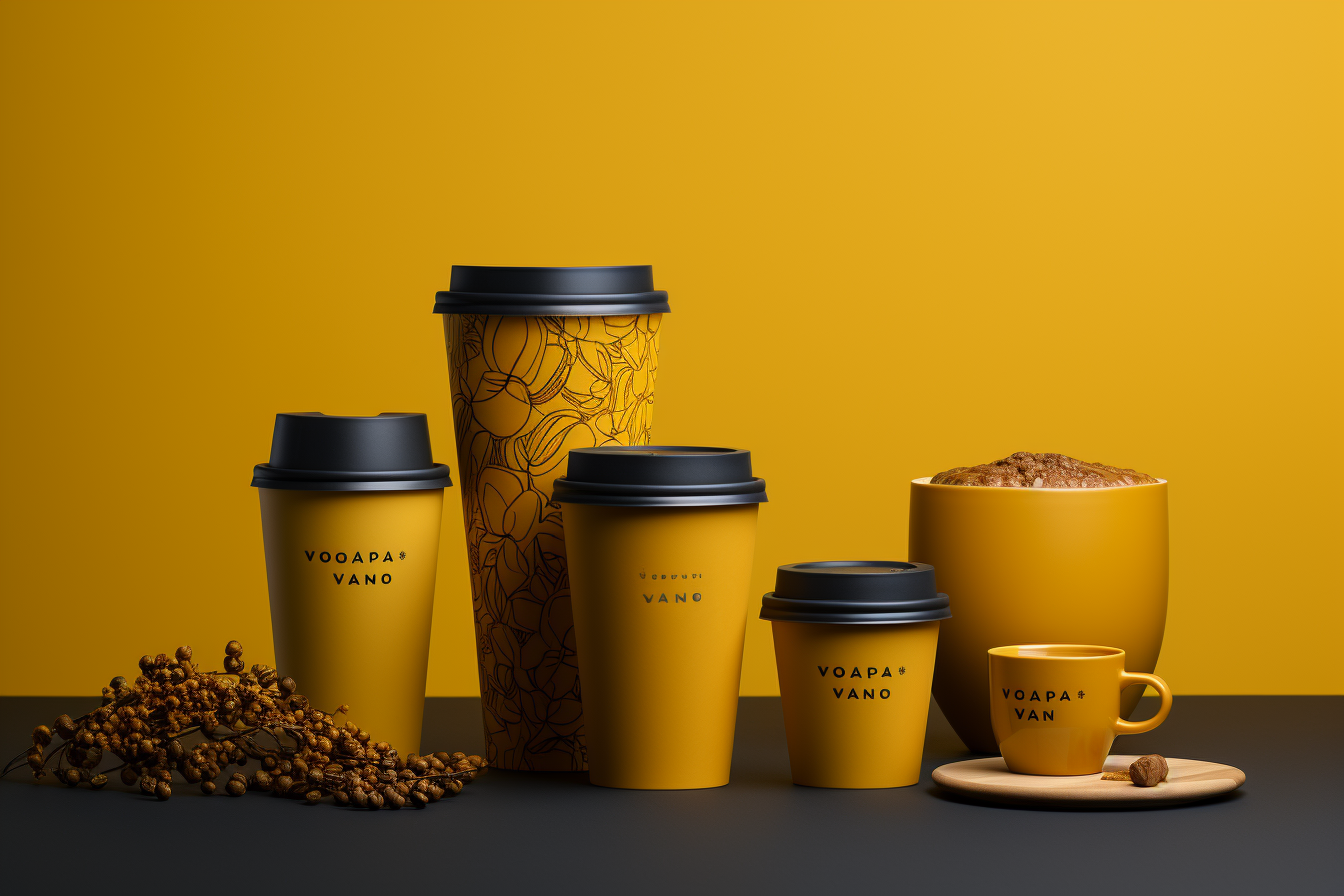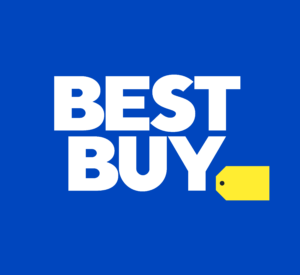Why The Color Yellow?
Color is an important aspect of branding since it may elicit a wide range of emotions, thoughts, and behaviors from customers. Yellow is a color that has received a lot of attention in recent years. Yellow is a happy, upbeat color that can help brands stand out in a competitive marketplace. Yellow has been identified with many popular companies, from McDonald’s golden arches to Best Buy’s price tags.

In this blog post, we’ll look at the use of yellow in branding and how it affects consumer behavior. We’ll look at the psychology of yellow, look at notable firms that use yellow in their branding, and talk about how organizations may use this hue effectively in their marketing efforts.
Yellow’s Psychology
Yellow is a vibrant and eye-catching color that can trigger a variety of emotions and reactions from customers. Yellow has the following psychological effects:

Happiness and optimism: The color yellow is frequently connected with sentiments of joy, warmth, and happiness. As a result, it is a common color option for brands looking to elicit good sentiments in their clients.
Yellow is one of the most obvious and eye-catching colors, which is why it is frequently used in warning signs and cautionary labels. Yellow may help a firm stand out from competition and bring attention to their products or services when it comes to branding.
Yellow evokes thoughts of eagerness and enthusiasm because it is a high-energy hue. As a result, it is a popular choice for brands looking to generate a sense of urgency or push customers to act. It is frequently connected with creativity and invention, making it a popular choice for brands looking to communicate their innovative and forward-thinking attitude.

While yellow can be a great branding tool, it should be noted that it can also have negative connotations. Yellow, for example, is connected with caution, cowardice, and even illness (such as jaundice). As a result, understanding how to utilize yellow effectively in branding is critical in order to avoid any unexpected negative implications.
Brands That Use Yellow in Their Marketing
Yellow is a prominent hue for many successful companies in a variety of industries. Here are some notable companies that use yellow in their branding:
McDonald’s: McDonald’s is one of the most well-known brands that uses yellow in its branding. The golden arches have become synonymous with the fast-food corporation, and the bright yellow color scheme is intended to elicit feelings of happiness, warmth, and enthusiasm.
Best Buy’s branding has a bright yellow price tag that sticks out against a blue background. The color yellow is used in this context to call attention to the store’s competitive prices and discounts.
Post-it: Post-it notes are famous for their bright yellow color. This helps the brand shine out on store shelves and allows customers to easily identify their products.
National Geographic: The famous yellow border logo of National Geographic is set against a bold yellow rectangle. This gives a sense of energy and excitement, and the yellow color scheme is designed to convey the brand’s exploratory and adventurous spirit.
Hertz: To stand out in a congested industry, car rental firm Hertz uses a distinctive yellow logo. The yellow color palette is intended to convey urgency and enthusiasm, urging people to rent a car and hit the road.
How to Use Yellow Effectively in Branding
It’s critical to grasp the psychological affects of yellow and how to use it effectively when incorporating it into branding. Here are some branding tips for using yellow:
Understand your target demographic: The color yellow may not be appropriate for every brand or audience. Before introducing yellow into your branding, consider your target audience and their preferences.
Use yellow as an accent color: Yellow is a powerful accent color that may be used to bring attention to specific areas of your branding. Use yellow for call-to-action buttons, logos, and headlines.

Yellow goes well with a range of other colors, including blue, gray, white, and black. Experiment with several color schemes to see what works best for your brand.
Use several yellow shades: Yellow comes in a wide range of hues, from pale pastels to brilliant neons. Experiment with several colors to discover the perfect tone for your brand.
Avoid using too much yellow: While yellow can be eye-catching, using too much of it might be overwhelming and even off-putting to some customers. Yellow should be used sparingly and in conjunction with other colors in your branding.
Consider the context: Yellow can have diverse connotations depending on the situation. For example, a lively or lighthearted company would like yellow, but a more serious or professional brand might want a more muted color palette.
Yellow and Cultural Importance
While yellow is a popular branding hue in many parts of the world, it is crucial to grasp its cultural importance in various regions. Yellow may have negative connotations in some cultures, while it may have enormous significance in others.
 Yellow, for example, is frequently linked with happiness, optimism, and joy in Western societies. Yellow, on the other hand, may be associated with timidity or mourning in some Eastern traditions. Yellow is the traditional hue of the emperor in China, representing royalty and power. Yellow is connected with cleanliness and spirituality in India and is frequently utilized in religious rites.
Yellow, for example, is frequently linked with happiness, optimism, and joy in Western societies. Yellow, on the other hand, may be associated with timidity or mourning in some Eastern traditions. Yellow is the traditional hue of the emperor in China, representing royalty and power. Yellow is connected with cleanliness and spirituality in India and is frequently utilized in religious rites.
Understanding yellow’s cultural significance can help organizations customize their branding to specific regions while avoiding any unintentional negative implications. To guarantee that your branding resonates with your target audience, perform research on the cultural significance of colors in the locations where your business operates.
Yellow’s Future in Branding
As branding evolves and adapts to new trends and technology, it’s worth considering the future of yellow in branding. Here are some probable patterns to keep an eye on:
Minimalist designs: In recent years, minimalism has grown in popularity in branding, and yellow may be an effective accent hue in a minimalist design. In the future, expect to see more brands using yellow into basic, clean designs.
With increased awareness of sustainability and environmental challenges, brands may choose a more natural or organic color palette that incorporates yellow colors. This can convey a dedication to sustainability and environmental friendliness.
Bold color schemes: As technology advances, digital branding and marketing may become more focused on striking colors. Yellow is a good color to choose if you want to stand out in a crowded digital marketplace.
Branding using augmented reality: Augmented reality (AR) is a new technology that may be utilized to improve branding experiences. Yellow can be a powerful color in AR branding, drawing attention to specific areas while also creating a sense of enthusiasm and engagement.
Yellow in Various Industries
While yellow can be helpful in branding across many industries, it is especially beneficial in some. Here are several industries where yellow can be an especially successful branding color:
Yellow is commonly connected with food and can be an excellent choice for brands in the food and beverage industry. Yellow is a common choice for brands trying to transmit a sense of joy, vitality, and pleasure, from fast-food franchises like McDonald’s to snack brands like Lay’s.
Yellow is a wonderful color for brands in the technology industry because it conveys a sense of invention, inventiveness, and forward-thinking. Yellow is used by brands such as Snapchat and Yelp to convey a sense of joy and friendliness, while Nikon and National Geographic utilize it to convey a sense of adventure and excitement.
Yellow may be a daring and bold choice for firms in the beauty and fashion industries. Yellow may be utilized to convey a sense of vitality, enthusiasm, and playfulness in everything from fashion businesses like H&M to cosmetics brands like L’Oreal.
Yellow can be a powerful color for sports brands trying to convey a sense of energy and excitement. Yellow is a common choice for sports branding, from the brilliant yellow jerseys of Tour de France riders to the distinctive yellow Nike swoosh.
Health & Wellness: Yellow is an excellent color for brands in the health and wellness market since it conveys vibrancy and positivity. Yellow may be utilized to create a sense of energy and well-being in everything from vitamin companies like Emergen-C to fitness businesses like Fitbit.
How to Use Yellow in Branding Materials
When you’ve decided to use yellow in your branding, you should think about how to include it into your branding materials. Here are some pointers on how to use yellow effectively in various branding materials:
Yellow may be an excellent color for logos since it can make your company stand out while also creating a sense of vitality and excitement. Depending on your business identification, consider utilizing yellow as an accent color in your logo or as the primary color scheme.
Yellow is an excellent color for product packaging because it conveys a sense of enthusiasm and energy. Experiment with different yellow tints and think about combining yellow with other colors to create a dynamic and eye-catching packaging design.
Yellow may be a striking hue in marketing materials such as advertising, social media posts, and email campaigns. Yellow can be used to call attention to key components of your marketing materials and to create a sense of energy and engagement.
Yellow may be a useful hue in website design since it helps to create a memorable and lively user experience. Consider utilizing yellow for call-to-action buttons, headlines, and other important website elements.
Yellow is a terrific color for business cards since it exudes vitality and excitement. Depending on your brand identification, consider utilizing yellow as an accent color or as the primary color scheme.
Dos and Don’ts of Yellow in Branding
While yellow can be a powerful branding color, it is critical to utilize it intelligently and avoid common errors. Here are some things to remember while utilizing yellow in branding:
Dos:
Use yellow to instill energy and excitement: Yellow is a powerful hue that may instill positivity and enthusiasm. Use it to communicate a joyful and cheery message to your target audience.
Combine yellow with other colors: When combined with other colors, yellow may be a terrific accent color. Experiment with several color combinations to find the one that best matches your brand’s identity.
Yellow should be used sparingly: While yellow can be an effective color, it should not be overused. In branding materials, use it carefully to bring attention to crucial components and create a dynamic visual experience.
Use several shades of yellow: Yellow comes in a wide range of hues, from mild lemon to dazzling gold. Experiment with various colors to find the one that best matches your brand’s identity and messaging.
Consider your target audience: Yellow can be a powerful color for certain people but not for others. When considering whether to use yellow in your branding, consider your target demographic and their preferences.
Don’ts:
Overuse of yellow: While yellow can be a useful color, it is crucial not to overuse it. Too much yellow can be overbearing and make your brand appear unprofessional.
Use yellow in inappropriate situations: While yellow can be useful in a variety of situations, it may not be acceptable for all companies or industries. Before opting to utilize yellow in your branding, consider the context of your brand and messaging.
Using the incorrect shade of yellow: Different hues of yellow can convey different ideas. Choose a hue of yellow that complements your brand’s identity and messaging.
Use yellow without addressing the broader brand concept: To build a consistent brand identity, yellow should be used wisely in branding materials. Before utilizing yellow in your products, think about how it fits into your overall branding plan.
Use yellow without understanding its psychology: Yellow is a powerful hue, but before using it in your branding, it’s crucial to grasp its psychological impacts. Do your homework and learn how to use yellow to establish a positive and effective brand identity.
Yellow in Branding: Success and Failure Examples
Although yellow can be a great branding hue, not all firms have employed it successfully. Here are some instances of brands that have effectively used yellow, as well as others that have not:
Success:
McDonald’s: Thanks to its unique yellow logo, McDonald’s is one of the world’s most identifiable brands. The yellow arches have become synonymous with fast food and have contributed to the brand’s aura of energy and enjoyment.
National Geographic: The yellow rectangular logo of National Geographic is easily recognizable and conveys a sense of adventure and excitement. The use of yellow in the logo and other branding materials has contributed to the creation of a unified brand identity and the communication of a positive message to consumers.
IKEA’s bright yellow trademark is easily recognizable and exudes excitement and enthusiasm. The employment of yellow in store signs and other materials has aided in the creation of a consistent brand identity and the communication of a positive message to customers.
Failure:
Kodak: The choice of yellow in Kodak’s logo was intended to convey a sense of enthusiasm and vitality, but it ultimately fell flat with customers. The yellow logo and branding materials did not connect with customers, and the company went bankrupt.
JCPenney relaunched in 2012 with a new logo that featured a big yellow square. The yellow was supposed to reflect a “sunshine” brand image, but it never caught on with customers. The rebranding effort received widespread criticism, and the corporation subsequently returned to its old logo.
Best Buy: In 2018, Best Buy launched a new branding strategy with a bright yellow logo. The new logo was intended to convey a sense of energy and enthusiasm, but it ultimately failed to connect with customers. Eventually, the corporation reverted to its former branding.
These examples demonstrate the significance of carefully employing yellow in branding. While yellow is a strong color, it is not a one-size-fits-all answer for every brand. Before using yellow in their products, brands should examine their target audience, industry context, and overall branding strategy.












